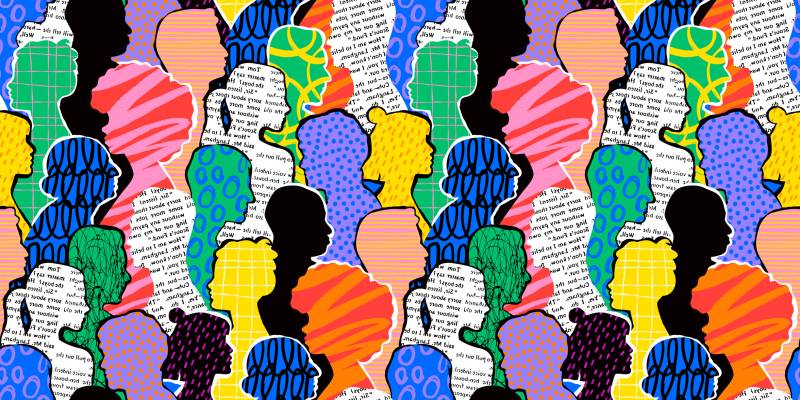In education, the benefits of incorporating the arts extend far beyond the canvas to include better communication, behavior and social-emotional skills. Despite these advantages, teachers of other subjects sometimes underestimate the complexity of integrating arts practices into their classrooms. “Art is very rigorous,” said Christina Jenkins, an arts educator and former social studies teacher in California. “I think that it is not given credit for being rigorous.” Jenkins, who studied at Parsons School of Design, approached her social studies classroom “as a non-art educator who sees the promise in art-based practices.” Now dedicated to supporting educators in embracing creativity and prioritizing arts, she organizes field trips for educators to feel inspired about their practice and reconnect with how learning feels.
During a recent presentation at the Deeper Learning Conference in San Diego, Jenkins shared how the core arts education practices of assignment design and critique can apply to other areas of learning. As part of the session, she provided attendees with access to her carefully curated collection of art books. These resources offer guidance for educators seeking to infuse arts into different subjects. They steer educators away from superficial approaches — such as replacing a written report with a diorama, which can reinforce the idea that the arts are secondary or optional — and toward an approach where art is integral to the learning process.
If you’re looking for art assignments you can do on Monday
Wicked Arts Assignments: Practicing Creativity in Contemporary Arts Education is an arts book that is applicable to teachers across disciplines, Jenkins said. Edited by Emiel Heijnen and Melissa Bremmer, this book offers insights into what makes art assignments impactful and an array of assignments crafted by arts educators across different contexts. “It’s a really accessible way of understanding what an art practice can look like in a non-art classroom,” Jenkins said.
One assignment from the book, called “Change the Fairytale,” prompts students to introduce an unexpected twist in a traditional fairytale. “Fairy tales are a shared vocabulary that many of us have around storytelling. And also, when understood today, they’re really problematic. All sorts of bias shows up in traditional fairy tales,” Jenkins said. This project can take various forms including a short story, comic or puppet show, but it has a natural home in an English classroom. This assignment enables students to have discussions about narrative structures, cultural interpretations and the power of storytelling to challenge established norms and perspectives.
In addition to Wicked Art Assignments, Jenkins recommended Draw it with Your Eyes Closed: The Art of the Art Assignment, edited by Paper Monument. This book features essays, drawings and assignments from over a hundred creators. It’s more esoteric and abstract than Wicked Art Assignments, Jenkins said. For instance, one of the assignments asks students to “make a drawing using nothing but your car.” However, Draw it With Your Eyes Closed includes examples from prominent figures in the art world, making it a valuable companion resource when learning about contemporary art movements and influential artists. Additionally, the abstract assignments also can bring an interdisciplinary approach to a variety of subjects.


